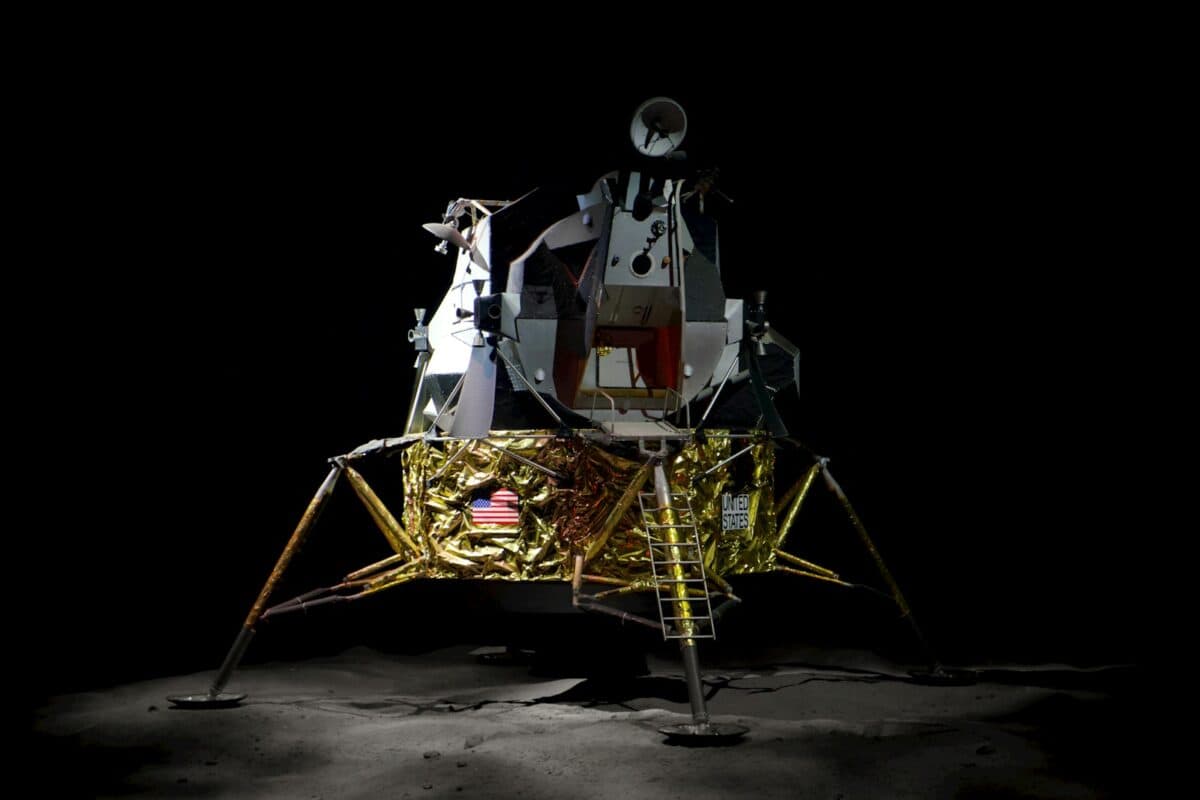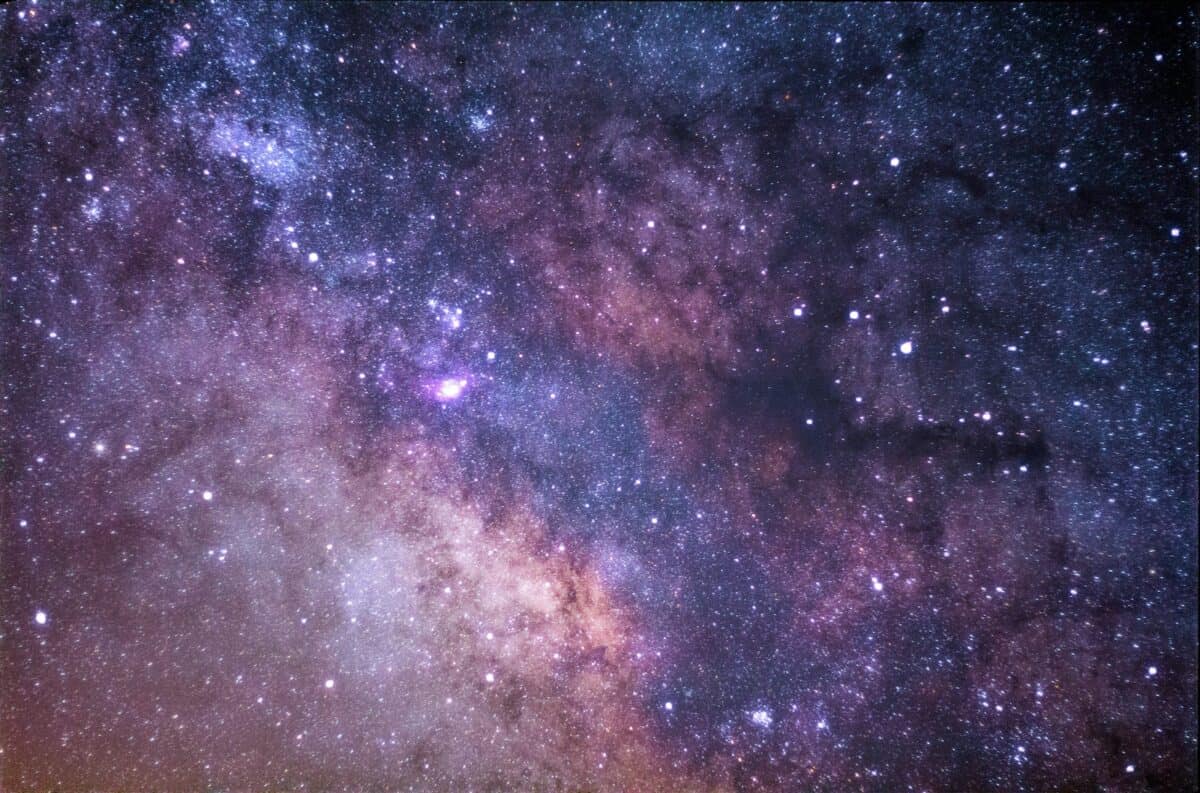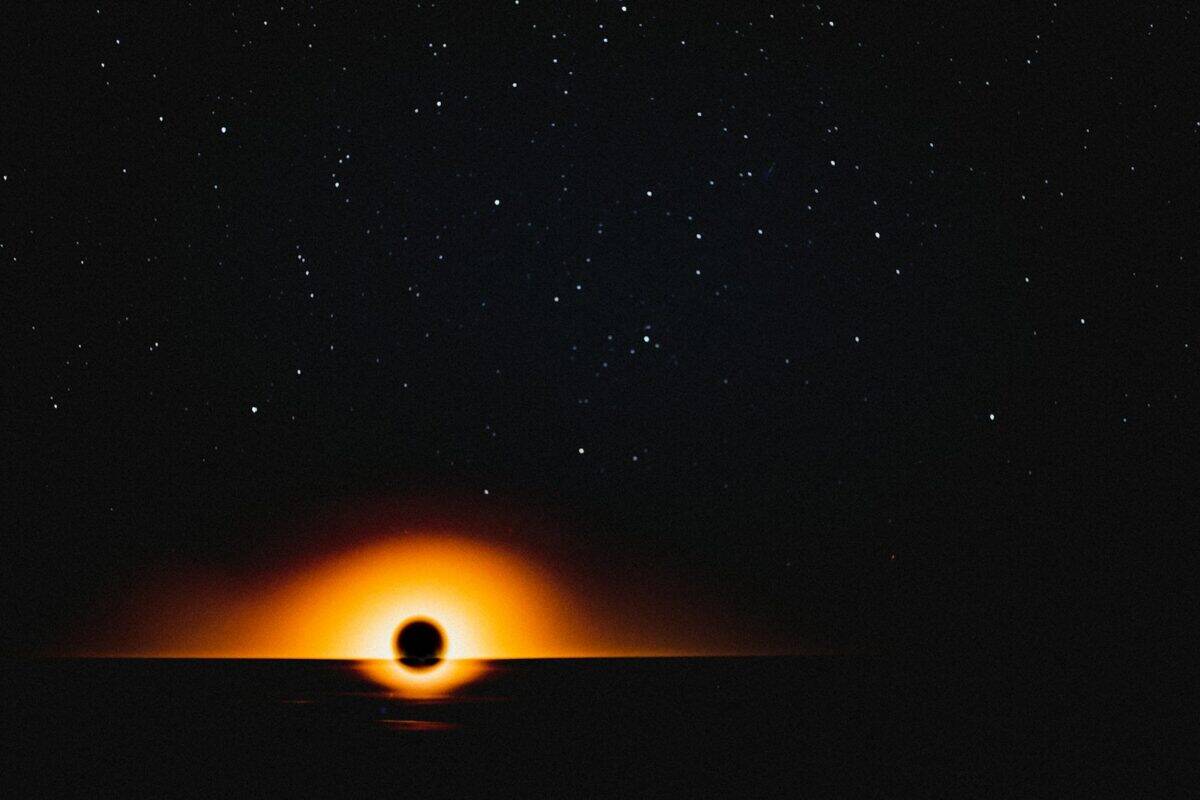The vast expanse of the universe continues to intrigue and mesmerize both scientists and the general public alike. Recently, astronomers have made an enthralling discovery that has added a new chapter to the cosmic story: the identification of the closest known black hole to Earth. This celestial phenomenon, residing in our cosmic neighborhood, invites us to explore the enigmatic nature of black holes and their significance in the universe. Through this article, we aim to delve deep into the details of this remarkable find and unravel the mysteries surrounding it.
Understanding Black Holes: Cosmic Giants

Black holes are fascinating and enigmatic objects characterized by their intense gravitational pull. They form when massive stars exhaust their nuclear fuel and collapse under their own gravity, becoming points in space with infinite density, known as singularities. Their gravitational force is so strong that nothing, not even light, can escape once it crosses the event horizon, the point of no return.
The Discovery: A Historic Event

The discovery of the closest black hole to Earth was a significant astronomical event. Using a combination of highly advanced telescopes and cutting-edge technology, the astronomers identified this black hole in a system that is merely about 1,000 light-years away from our planet. The discovery was made possible through careful observation of the gravitational influence the black hole exerted on a nearby companion star.
Meet Gaia BH1: The Celestial Neighbor

The black hole identified as Gaia BH1 is part of a binary star system. It is fascinating to note that its companion star is similar to our Sun, which allowed astronomers to detect its presence through the wobbling motion caused by the black hole’s gravitational pull. This methodological approach underpins a significant advancement in the detection of stellar-mass black holes.
Technological Innovation: Tools of Discovery

The detection of Gaia BH1 relied heavily on data from the European Space Agency’s Gaia spacecraft along with ground-based telescopic observations. Gaia’s unparalleled ability to measure the positions and movements of stars with unprecedented precision has been instrumental in this monumental discovery, epitomizing the marriage of technology and astronomy.
Significance of Proximity: Analyzing Gaia BH1

The proximity of Gaia BH1 to Earth offers scientists an unprecedented opportunity to study black holes closely and better understand their properties. Being nearby means that more detailed observations can be made, which may lead to new insights about the nature of black holes, their formation, and their interaction with surrounding matter.
Impact on Astrophysical Theories

This discovery may lead to revisions in current astrophysical theories. Previously, it was thought that black holes forming from stellar collapse might distribute randomly and with fewer examples near star-rich environments similar to our solar neighborhood. However, Gaia BH1 suggests that such black holes might be more common and closer than previously anticipated.
Public Fascination: The Romanticism of Black Holes

Black holes have long captured the public imagination, serving as both mind-boggling objects of scientific inquiry and staples of science fiction narratives. The discovery of Gaia BH1 close to Earth has reignited a sense of wonder and curiosity, drawing the attention of science enthusiasts and the general public alike, who are eager to learn more about these cosmic phenomena.
International Collaboration: A Global Effort

The identification of Gaia BH1 underscores the importance of international collaboration in the field of astronomy. This breakthrough result was achieved by leveraging expertise and resources globally, highlighting how unified efforts can yield phenomenal scientific discoveries that push the boundaries of our understanding of the cosmos.
The Future of Black Hole Research

With Gaia BH1 paving the way, the future of black hole research looks promising. Scientists aim to conduct further studies to not only better understand Gaia BH1 but also identify more of these cosmic neighbors. The findings could potentially transform current models of galaxy formation, dark matter, and gravitational waves.
Challenges in Black Hole Astronomy

Despite these advances, studying black holes continues to pose various challenges. Due to their nature, direct observation is not possible, and researchers must rely on indirect evidence and advanced modeling to determine their presence and characteristics. This discovery stimulates to develop even more sophisticated techniques to overcome these challenges.
Conclusion: A Journey Towards Understanding

The recent discovery of Gaia BH1, the closest known black hole to Earth, marks a significant milestone in astronomical research, offering a unique window into the complexities and wonders of our universe. As scientists continue to investigate these cosmic enigmas, each finding brings us a step closer to decoding the mysteries of black holes and broadens our understanding of the cosmos at large. This journey towards understanding, fueled by curiosity and innovation, truly encapsulates the spirit of scientific inquiry and discovery.
- Urban Growth Is Draining U.S. Waterways - August 18, 2025
- Wombats Dig Tunnels Like Engineers - August 18, 2025
- This Bird Sets Forests on Fire - August 17, 2025

